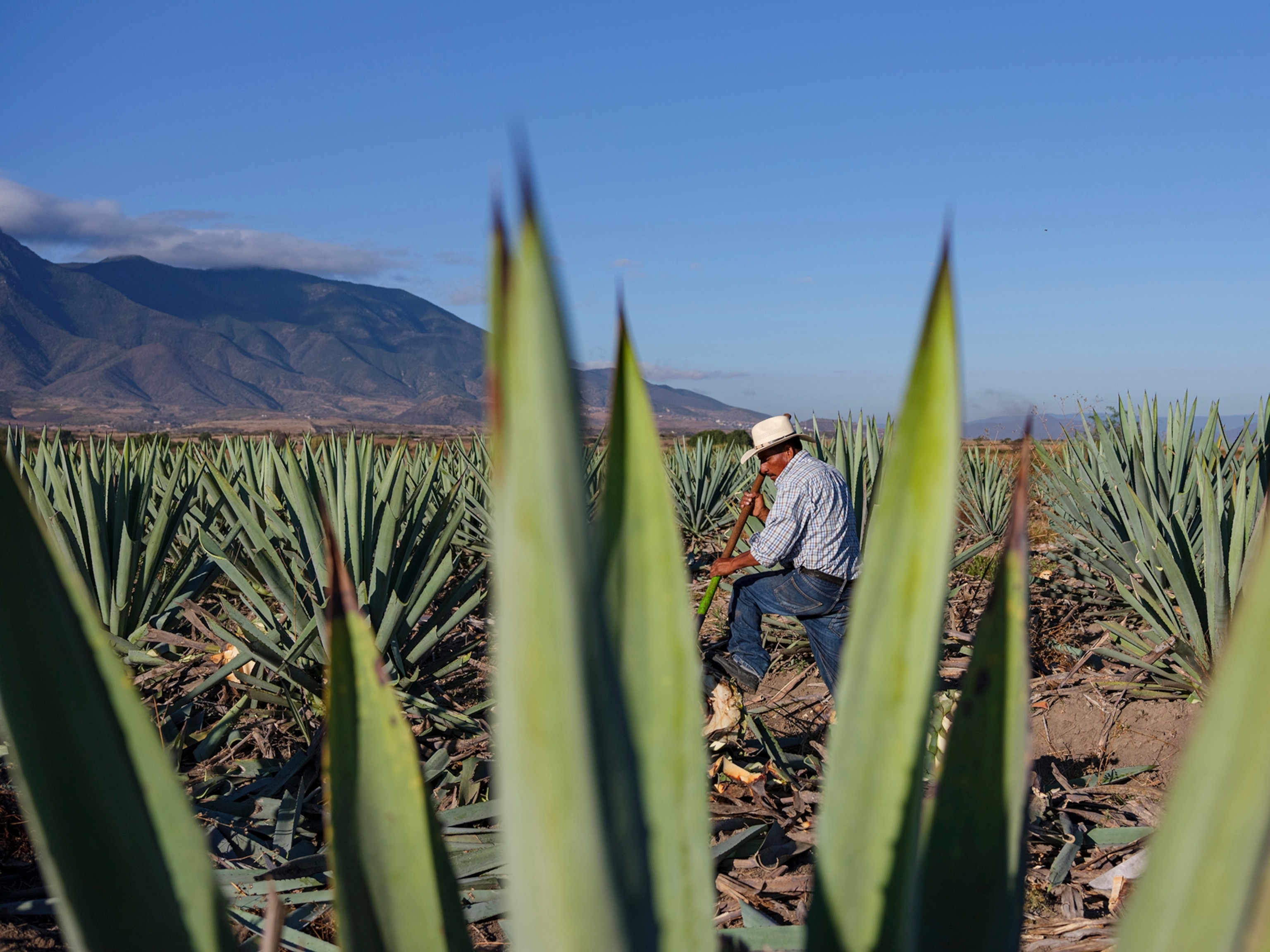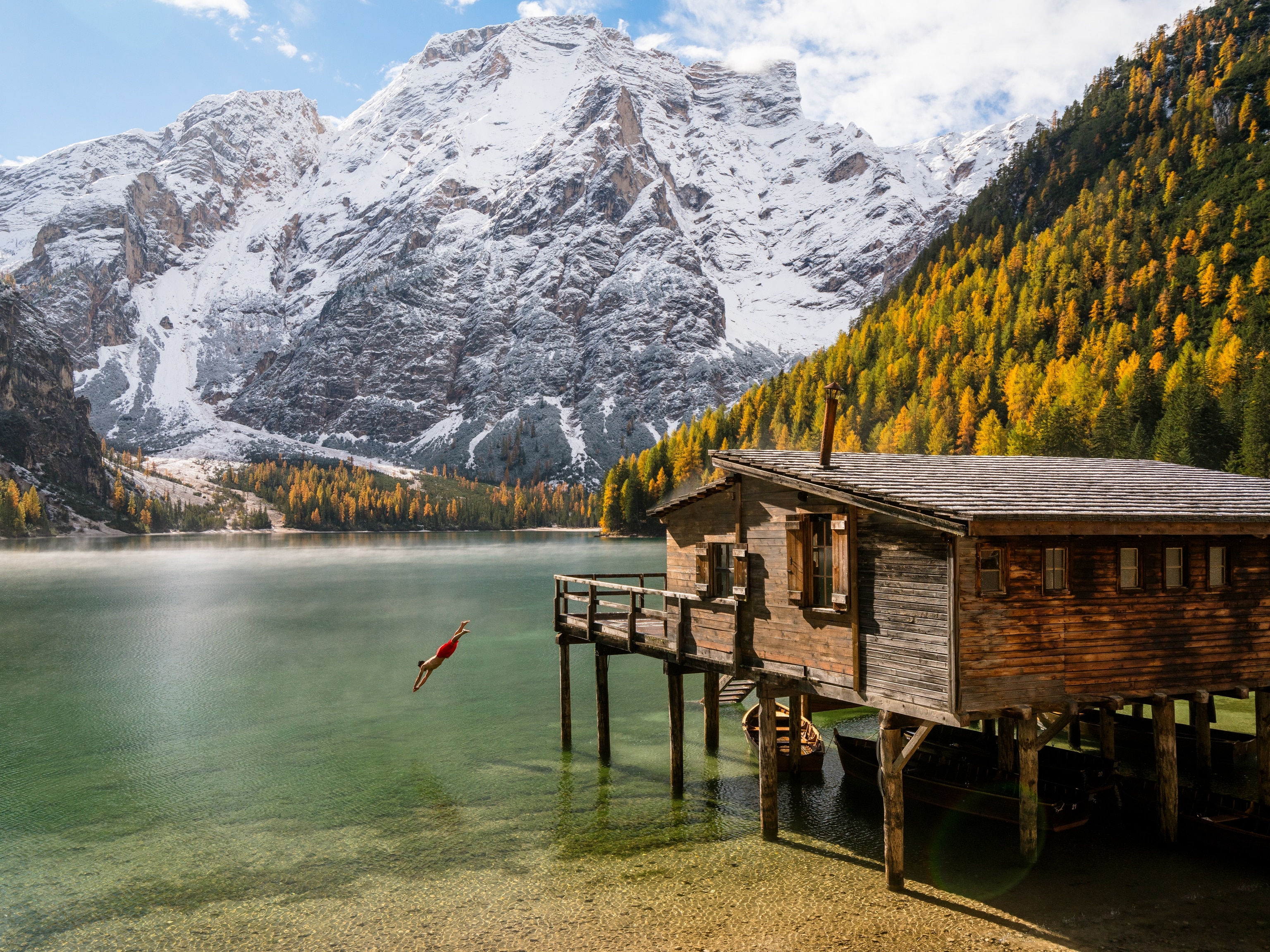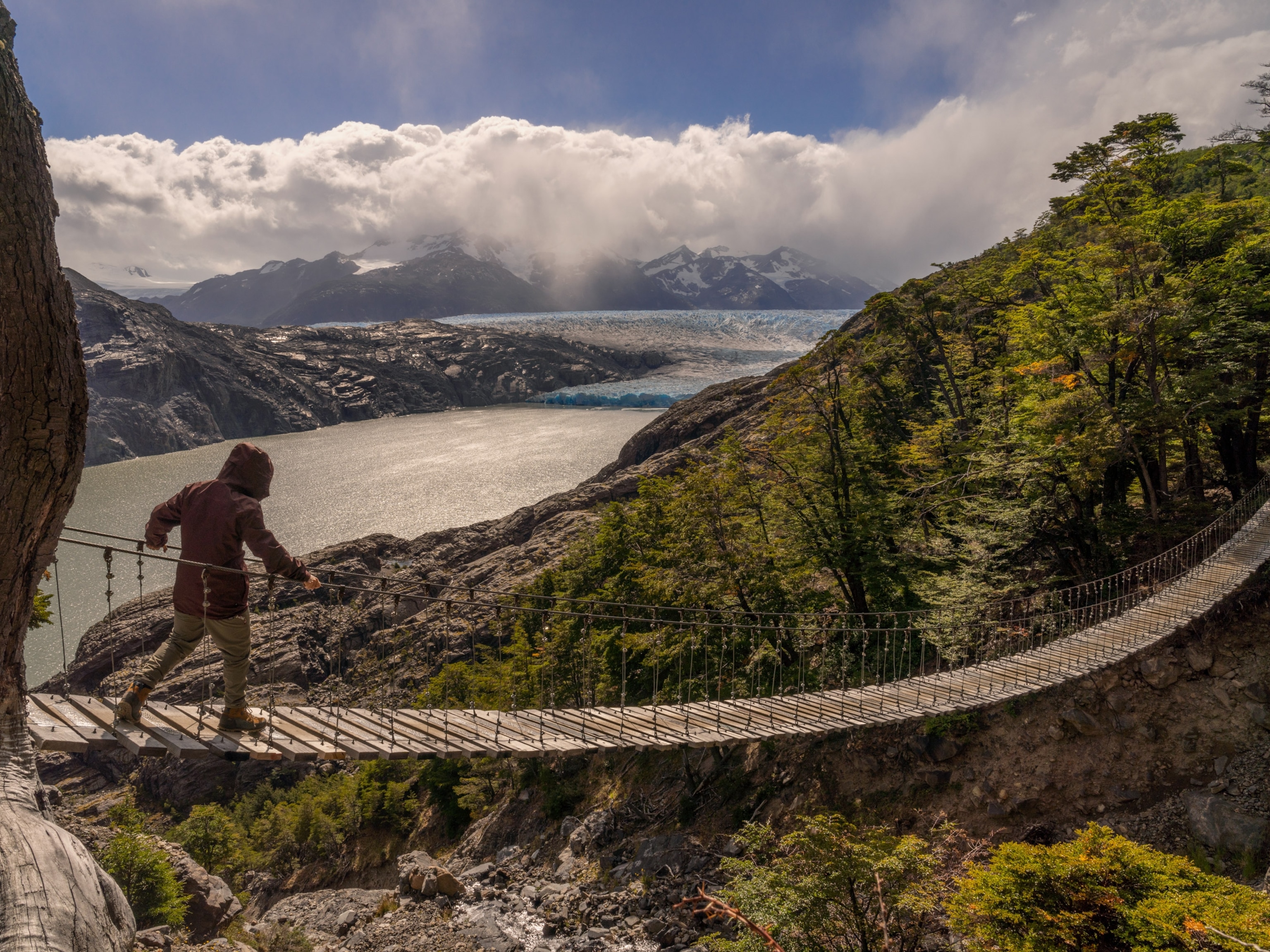This little-known Italian paradise is more than meets the eye
The Po River Delta region holds surprising finds, from architectural treasures to wildlife wonders, and a community of barrier-breaking women fishers.
Every day at dawn, bird-watchers board boats at small villages near the coast of northeastern Italy to explore a natural wonder—the Po Delta Biosphere Reserve, a UNESCO-designated site, where the iconic 400-mile Po River meets the Adriatic Sea.
In the shallow waters and knotty reed thickets, visitors look for purple herons and pink flamingos, just two of the 360 bird species that flock to the country’s only delta and largest wetland. They also catch another sight—local women wading in the water, pulling up rascas (a type of rake with a net) which they use to catch clams.
While nature lovers know about the area’s natural treasures, few know about these women, who have been contributing to the local economy for decades in a traditionally male-dominated profession. Photographer Chiara Negrello wanted to change that with a series of photographs documenting their daily lives.
Born and raised less than a two-hour drive from the reserve, Negrello followed the women for months as they fished these waters daily from dawn to dusk. Her photos defy the stereotype that often sees Italian women solely as caregivers raising families and managing households.
“The story of these women is an example of a type of feminism that doesn’t shout and that came about as a natural process of integration,” Negrello explains. “Through these photos, I hope to recognize the value and power of the small revolution they have brought and silently keep bringing every day within the Po Delta.”
An ecotourism paradise
Straddling the Veneto and Emilia-Romagna regions, the Po Delta Biosphere Reserve is a vast, fertile landscape that shelters a myriad of habitats—from lagoons to coastal dune systems and sandbars—making it a major conservation hub in Europe. It’s also an ecotourism paradise that draws tourists for annual events, such as “Slow Autumn” (Sept. 25-Dec. 19, 2021) encouraging slow travel, “Bird Watching Days” (Oct. 2-10, 2021), and the International Bird Watching Fair, held annually in the spring.
Beyond nature watching, sleepy fishing villages and historic cities scattered throughout the region are poised for exploration. Visitors typically set up home base in cities like Comacchio and Ferrara, whose close proximity to the delta make it easy to plan wildlife viewing day trips.
Dubbed “Little Venice” for its system of canals, Medieval Comacchio is far less crowded than its famous counterpart to the north. Ferrara offers a wealth of art museums and architectural ruins to poke around. Inscribed together with the reserve as a UNESCO World Heritage Site in 1995, Ferrara is a prime example of a Renaissance-era city, whose ruling family once had an art collection that inspired the Medicis and the Pope.
This mix of nature, history, and culture draws millions of tourists to the region annually, though only about 118,000 people call the reserve home. Many make their living by harvesting mussels and clams, but for centuries, fishing was considered a low-income profession. In recent years, the industry has thrived, generating a yearly revenue of about 100 million euros before the pandemic.
In recent decades, women have been helping to boost the industry, choosing a profession that for generations was considered a “man’s job.” On tours, visitors learn about this history and meet the women, like Giovanna Pizzo, 49, who was born and raised in Porto Tolle and has dedicated 32 years of her life to aquafarming. “Most women here work with their husbands, but I decided to work by myself, to be fully independent,” she says.
Pizzo didn’t start out in the fishing business. Before taking the dive, she—like many women in the area—worked in the textile industry. “Men would fish; women would sew. That was life in our corner of the world since the end of World War II,” says Luciano Chiereghin, a historian with the Delta Research and Documentation Center in Porto Tolle.
(These women are rocking the boat in the sport of outrigger canoe.)
But all that changed in the 1980s when many textile factories, lured by cheaper labor costs, relocated to Romania. The delta region suffered a brief economic fallout, and the majority of women abruptly lost their livelihoods.
Soon after, local businesses found a way to absorb the textile industry’s collapse by importing the Manila clam, a Philippine variety that proved to be much more hardy than the local species in the delta’s aquafarms.
Fishing for empowerment
As the Manila clam thrived, women turned from fabrics to fishing. While many simply joined their husbands in the family business, for those who waded out on their own, it wasn’t an easy transition.
Pizzo, who is married with two children, says her friends and family did not support her new career. Consequently, she had to face the sometimes harsh elements of the daily, year-round profession and the physical strain of handling heavy tools alone.
Despite the challenges, Pizzo says she stepped into her fishing boots every day and never asked for help. “[Townspeople] used to tell me, ‘you’re a woman, you don’t have the same strength of a man for this job,’” she remembers. “It took years, but I think they are finally realizing we are no less capable [than] our male counterparts.”
Inspired by Pizzo and other women, Oscarina Soncin took up a rasca years ago. The 53-year-old says that for her the career change wasn’t a matter of ideology, but of devotion to the land. “I don’t feel like a feminist or disrupter,” she says. “What I love about this job is the constant proximity to nature and having a front-row view on the Po waters every single morning.”
More visitors are becoming enchanted with this view, too. In recent years, locals have seen an uptick in tourists, boosted last year by pandemic travelers looking for outdoor diversions within the country. Tour operators take the opportunity to encourage slow and sustainable tourism practices.
For instance, Delta Po Experience offers outings in electric boats and on hydrobikes, as well as bird-watching walks along riverbanks. During these guided excursions, visitors learn about the reserve’s widely varying habitats and species, such as red deer, eels, and amphibians.
“We try to stress the importance of the environmental history of the Po, the human impact, and how communities like these aquafarmers are trying to preserve the waters,” says Sandro Vidali, one of the guides.
(Here’s how locals are preserving Italy’s famed wildflower bloom.)
During their encounters with visitors, Pizzo and Soncin say they talk about the low-environmental impact methods they use to harvest their catch. The women say connecting with visitors is one way to give back to the land that has given them, not just a livelihood, but a lifelong passion.
“We never miss a workday, not because we are workaholics, but because we love spending time immersed in this nature,” says Soncin. “Whenever a boat of tourists passes by, we try to transfer that feeling of freedom it brings us to stay in the sunrise serenity of the Po Delta.”
How to visit
Comprising 66,000 hectares, the Po Delta Biosphere Reserve can be daunting for first-time visitors. When it’s safe to travel, a good place to start is at one of the visitors centers throughout the delta, which offer a wealth of information on the area’s history and important sites. The delta’s official tourism site has a list of local operators who can organize outings, while Italy’s parks commission has self-guided itineraries for exploring on foot and by bike and boat.
Stefania D’Ignoti is a writer based in Italy. Follow her travels on Twitter.
Chiara Negrello is a photojournalist based in Florence, Italy. Her work focuses on everyday life as a lens to explore social issues. Follow her on Instagram.







